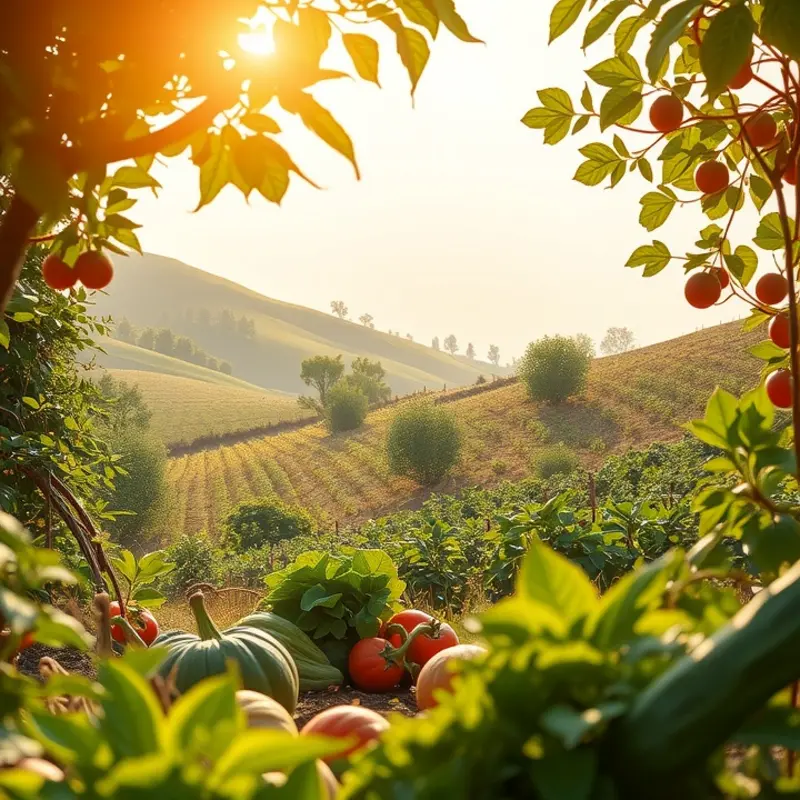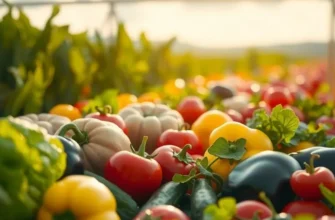Steaming vegetables is a fantastic way to maintain their vibrant colors, flavors, and essential nutrients. Whether you’re a novice cook or a seasoned chef, mastering the art of vegetable steaming can elevate your meals while keeping them healthy. This method also complements a wide variety of cuisines and dishes. With clear steps and practical tips, anyone can learn to steam vegetables to perfection and enjoy the delicious results.
The Essentials of Steaming Vegetables

Embarking on a vegetable steaming journey requires a grasp of the essential tools and techniques. Steaming offers a simple yet effective method to prepare flavorful and nutritious dishes, preserving the vibrant colors and crisp texture of a variety of vegetables.
Necessary Tools for Steaming
First, let’s discuss the tools required for this endeavor. A basic setup includes a steaming basket and a pot or saucepan with a tight-fitting lid. Steaming baskets come in various materials such as bamboo, metal, or silicone, each with its unique advantages. Bamboo baskets add a subtle flavor to the food, while metal baskets are highly durable. Silicone versions offer non-stick convenience. You must ensure the basket fits snugly within or above your pot to allow steam to circulate effectively around your vegetables.
Best Vegetables for Steaming
While most vegetables can be steamed, some lend themselves particularly well to this method. Leafy greens, like spinach and kale, turn tender and bright green with steaming. Cruciferous vegetables such as broccoli, cauliflower, and Brussels sprouts soften beautifully while keeping their nutritional benefits intact. Root vegetables like carrots and potatoes require slightly longer steaming times due to their density, yet they emerge tender and richly flavored.
Setting Up the Steaming Process
To begin, fill your pot with about an inch of water, making sure the water does not touch the base of the steaming basket. Bring the water to a simmer over medium heat before placing the basket filled with vegetables inside. For consistent results, cut vegetables into uniform sizes to ensure even cooking. It’s essential to cover the pot with the lid, trapping steam inside to cook the vegetables thoroughly.
Gauging Doneness
Timing and appearance are key to determining when your vegetables are perfectly steamed. Leafy greens like spinach will take just 3-5 minutes, becoming tender but not mushy. Broccoli florets and other medium vegetables generally take 5-7 minutes, offering a balance between tenderness and a slight crunch. Root vegetables such as carrots may require 10-15 minutes, softened to perfection without losing structure.
Further Exploration
Understanding basic steaming can be a gateway to exploring other cooking methods and nutritional enhancements. For instance, you might explore alternatives for maximizing flavor without relying on salt by reading about flavor boosters. Integrating a variety of techniques ensures not only healthful meals but also exquisite taste experiences.
In mastering the art of vegetable steaming, attention to detail transforms simple ingredients into culinary masterpieces. Whether sticking to the essentials or innovating with new flavors, the steaming process remains a cornerstone for delicious and nutritious cooking.
Perfecting Your Technique

Steaming vegetables might seem straightforward, but mastering the technique involves understanding the nuances of time, temperature, and texture. Each vegetable requires specific preparation to unlock its potential. Start by cutting vegetables into uniform pieces to ensure they steam at the same rate. For broccoli and cauliflower, this might mean separating them into smaller florets. Carrots can be sliced into rounds or sticks, while leafy greens like spinach should be kept whole.
The choice of steaming equipment can significantly impact the outcome. A bamboo steamer is excellent for absorbing excess moisture, reducing the risk of soggy vegetables. A metal steamer basket, on the other hand, fits comfortably in most pots and allows for easy access to check doneness. For those who prioritize convenience, an electric steamer offers programmable settings for various vegetables, although it may lack the visual feedback of a stovetop method.
Proper seasoning before and after steaming can enhance flavors without overshadowing them. Begin by lightly salting the water used in steaming; the rising steam will carry the salt, subtly flavoring the vegetables. Post-steam, a drizzle of olive oil or a squeeze of lemon can brighten the dish. Fresh herbs like parsley or dill, as well as a sprinkle of nuts or seeds, can add texture and depth. For those following a low-salt diet, flavoring alternatives can still be found. Explore simple ways to incorporate bold flavors by visiting flavor boosters without salt.
Experimentation is key to refining your technique. Try pairing complementary vegetables together; the earthy undertones of mushrooms balance well with sweet bell peppers. Adjust steaming times based on personal texture preferences—some enjoy a bit more crunch while others favor a tender bite.
Moreover, exploring global cuisine can extend your repertoire of steamed vegetables. Inspired by Asian cooking, adding a splash of soy sauce or a sprinkle of sesame seeds can introduce new layers of flavor. Alternatively, Mediterranean-style steaming using infused olive oils and garlic can create a remarkable taste.
Mastering the art of vegetable steaming is not merely about following a set method; it’s about adapting techniques to suit your likes while ensuring the nutritional integrity remains intact. Approach each steaming session with curiosity and creativity, and soon you’ll find that you’re not just cooking dinner, but crafting a culinary experience.
Final words
Steaming vegetables is a simple yet effective method to enhance your cooking skills and maintain the nutritional value of your meals. By understanding the essentials and perfecting your technique, you not only enjoy vibrant flavors but also add a touch of sophistication to your dishes. Remember that practice makes perfect; experiment with different vegetables and seasoning combinations to discover your favorites. Soon, you’ll find steaming becomes a staple in your culinary repertoire, improving both health and taste in your kitchen.







